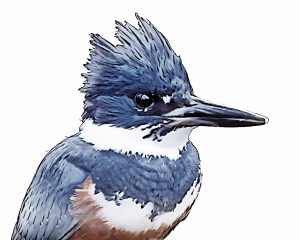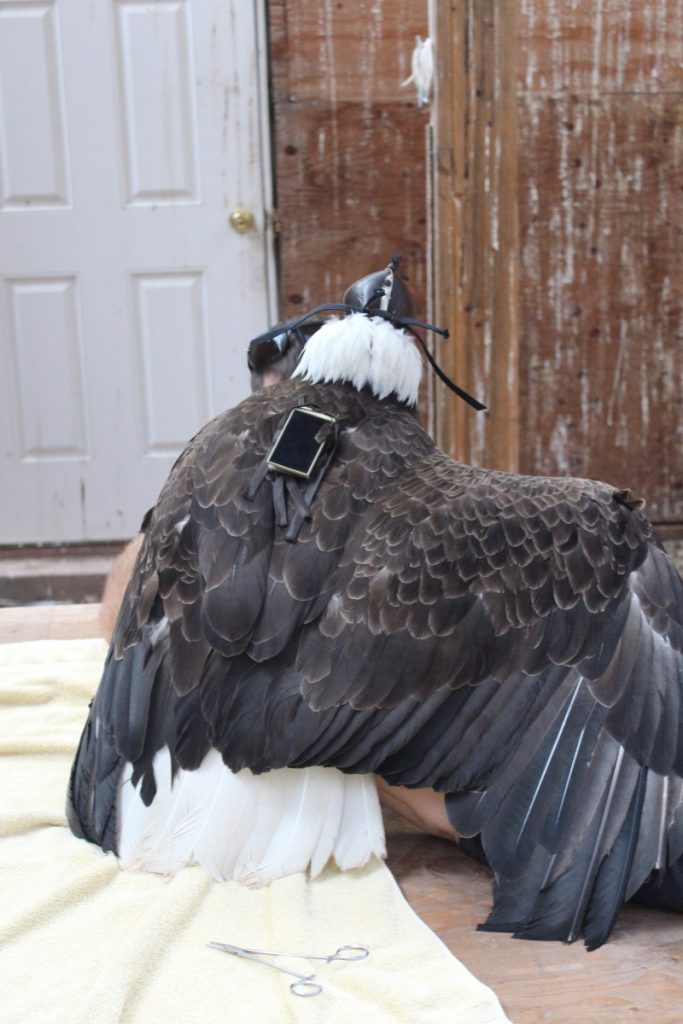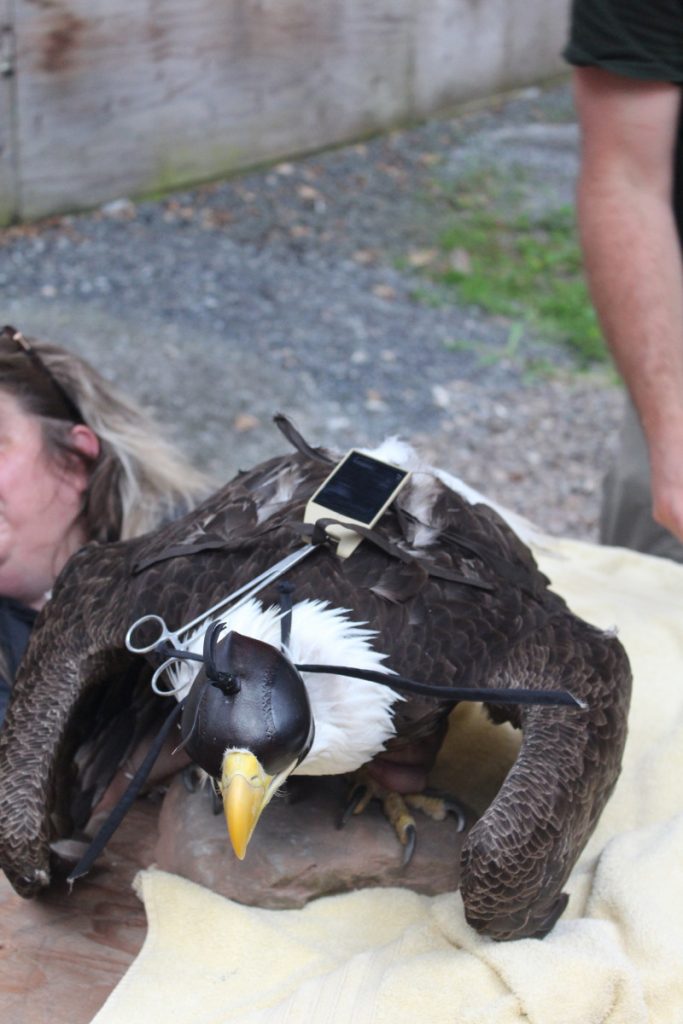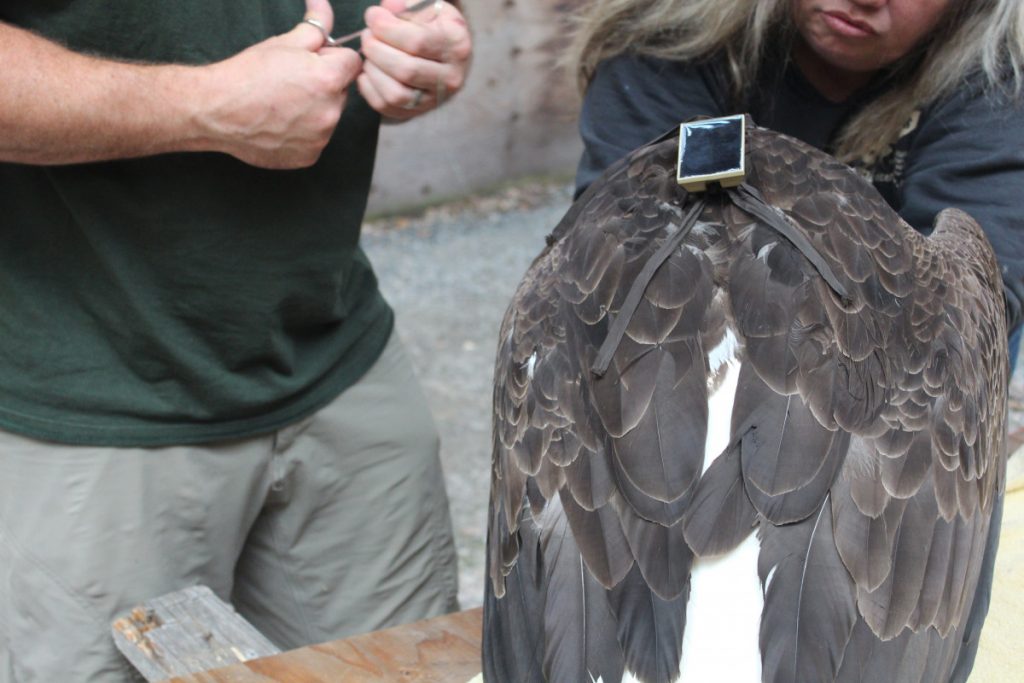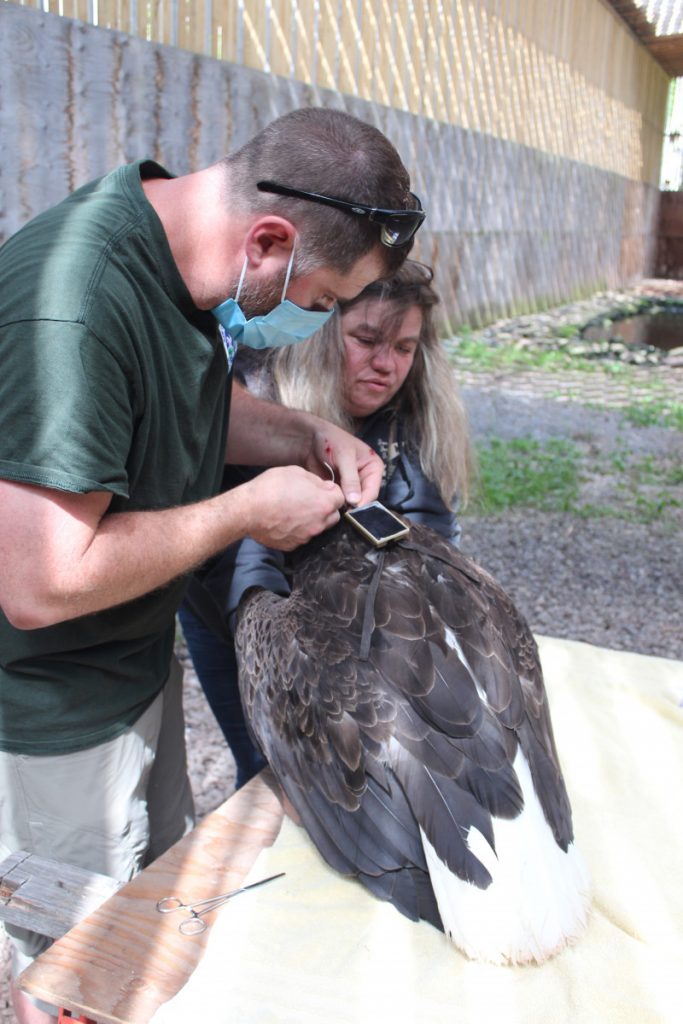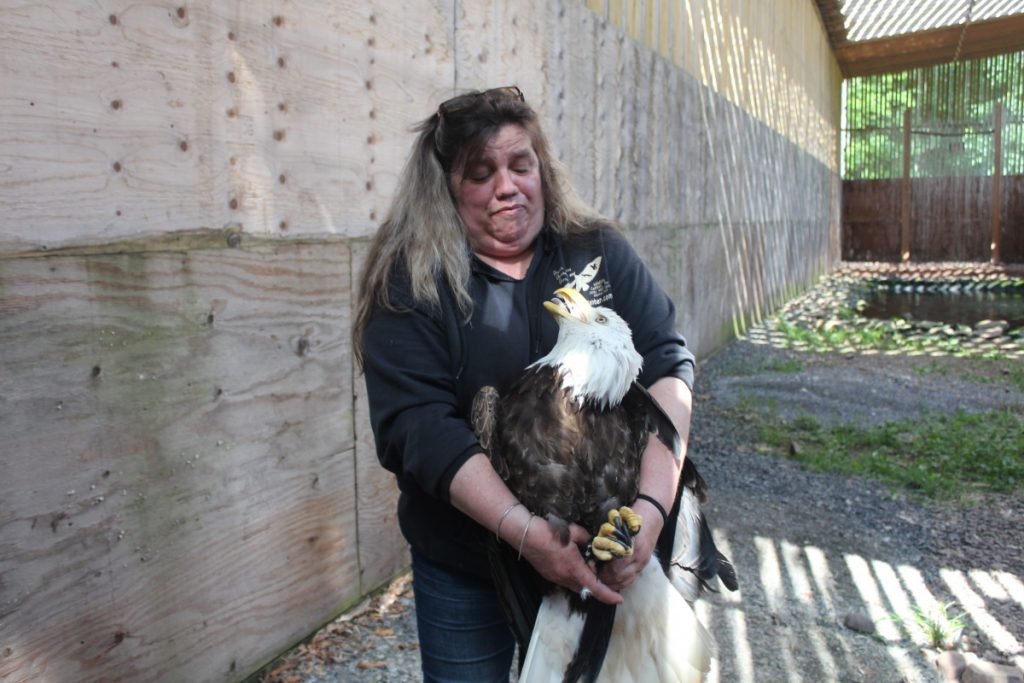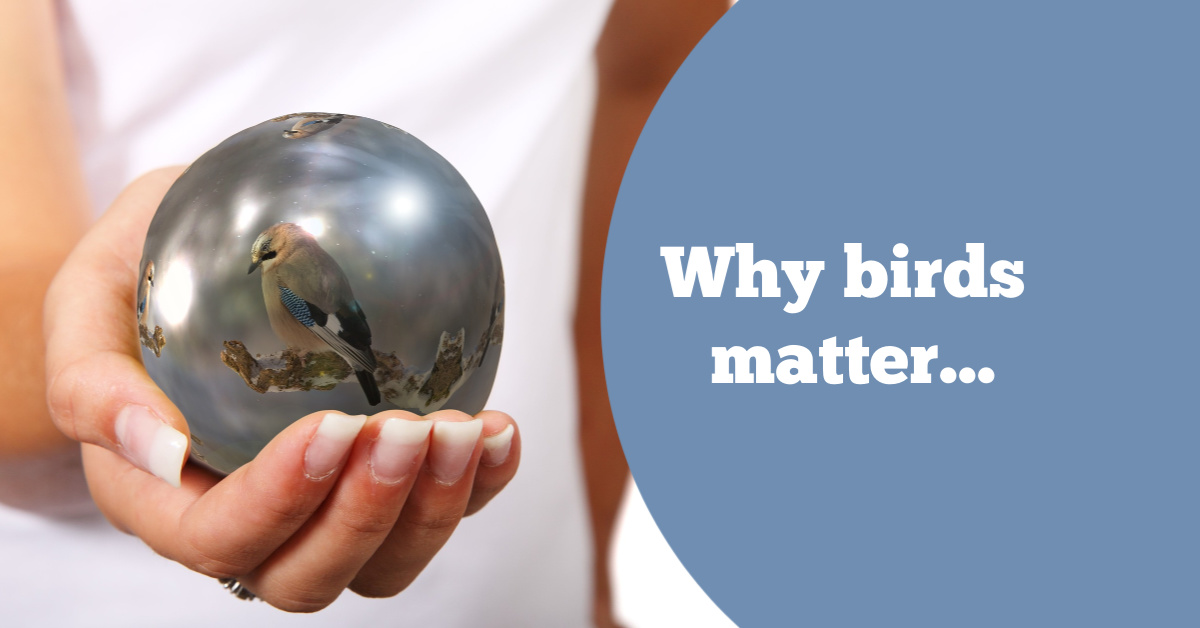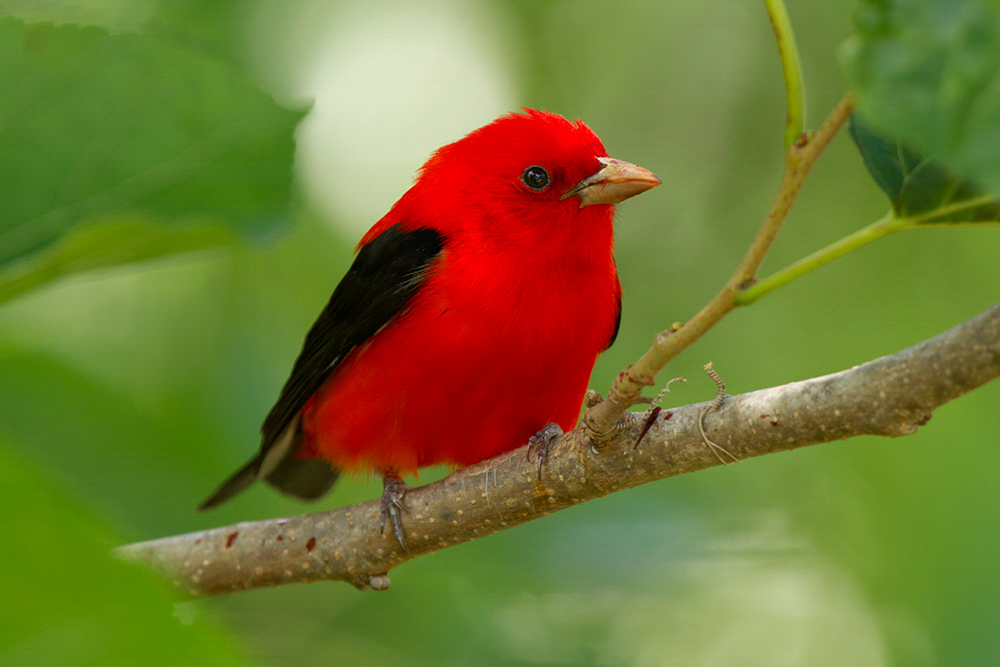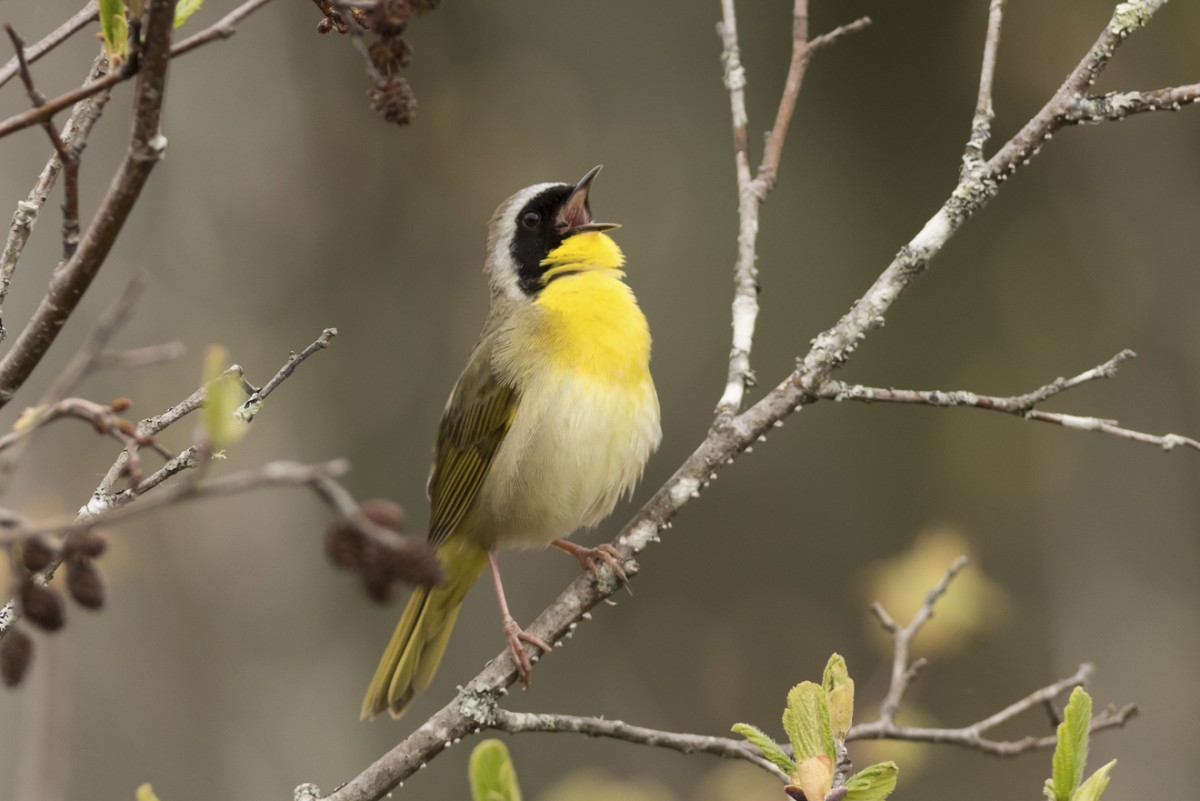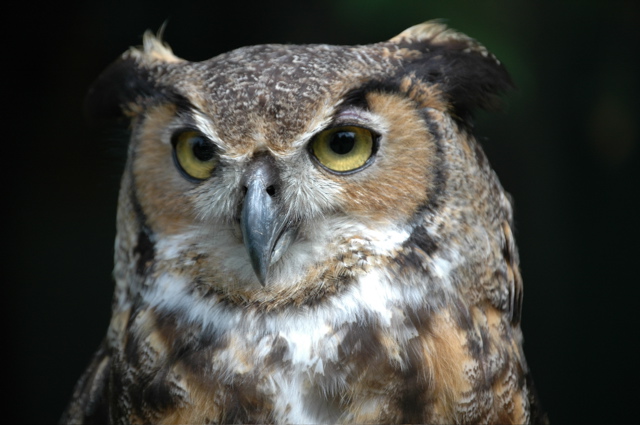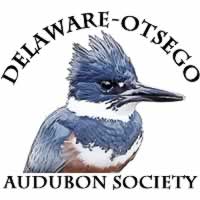In early June 2020, Delaware-Otsego Audubon Society (DOAS) publicized a plea for donations to allow for the purchase of a GPS Tracking Monitor to track a post-treatment lead-poisoned eagle following rehabilitation in our region. The cost for one unit is $1,400.
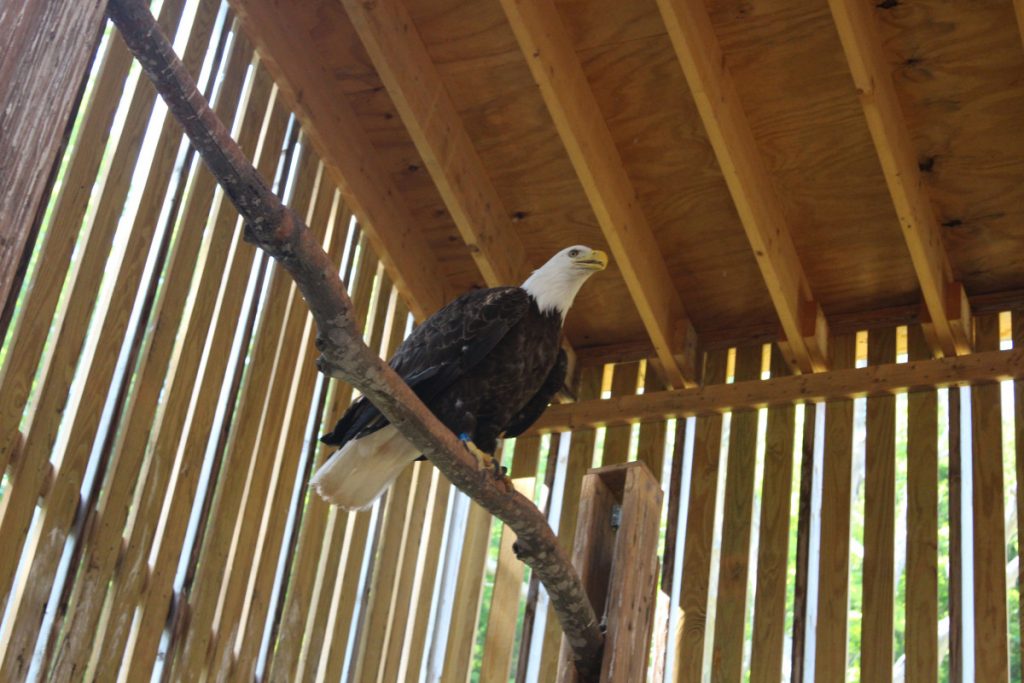
“We saw a tremendous and immediate outpouring of support for this effort, with DOAS members Jack and Nancy McShane making a generous contribution to cover the entire cost of one unit and other donations coming close to allow for the purchase of a second one”, stated Charlie Scheim, DOAS Treasurer.
DOAS has been actively educating the hunting community for over 10 years to ask them to voluntarily switch to the use of non-lead ammunition for hunting, as many eagles and other top-of-the-food-chain predators are impacted by lead fragments that are ingested at gut-pile sites from deer.
(View our Video on YouTube – Lead Ammunition: A Needless Danger to Eagles and Ourselves.)
Lead-poisoned eagles are taken to wildlife rehabilitators for treatment to remove lead from the bloodstream – a process called chelation. This process is repeated several times during months of rehabilitation and if the bird survives and recovers, it is then banded with a unique leg band and released back into the wild. Follow up data on what happens to these birds after they are released is difficult to determine – currently known only if the bird is later found (which is very rare) and if the band number ID can be identified.
Through our partnership with Wildlife Rehabilitator, Missy Runyan of the Friends of the Feathered and Furry Wildlife Center (FFFWC) in Hunter, NY, we have purchased our first GPS tracking device, which was outfitted last week on a Bald eagle from our region that is suffering from lead poisoning. Missy was joined by Wildlife Biologist, Michael Clark with assistance and guidance from retired Wildlife Technician, Scott Van Arsdale to properly place the unit on this bird. The eagle requires one more test, scheduled to take place over this coming weekend – and if all goes well, will be ready to be released.
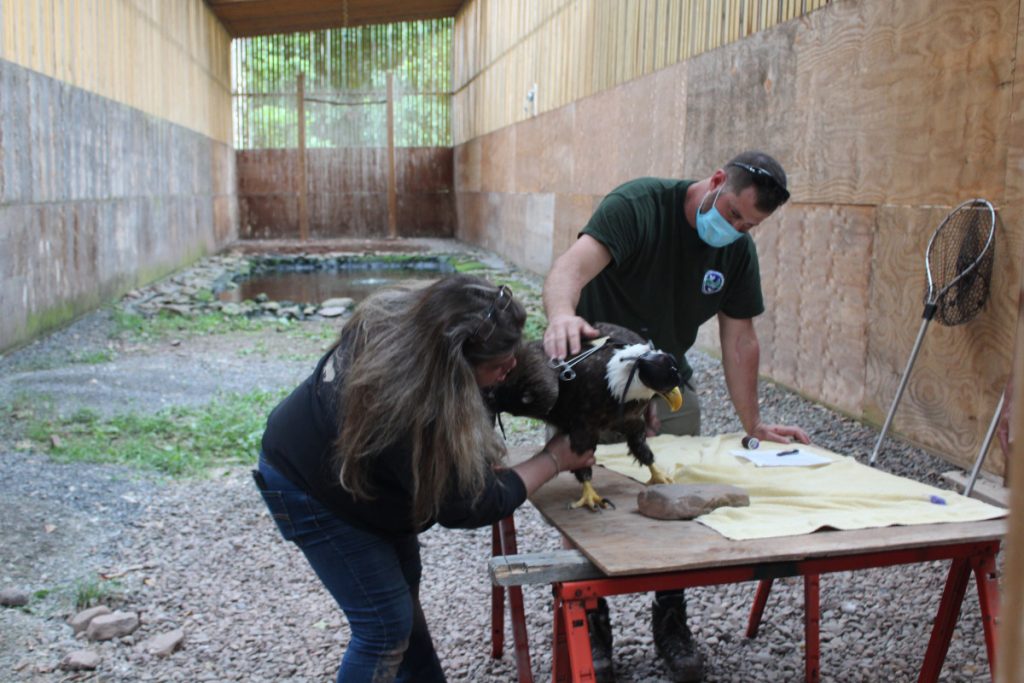
The information gained will be valuable to determine information about what happens to lead-poisoned eagles following treatment and release. If the GPS Unit stops moving, the bird can possibly be located and retrieved, providing the opportunity to conduct a post-mortem exam to determine if the cause of death was related to lead or something other.
“We are so grateful to our members and supporters for helping us move forward so quickly with this effort”, stated Susan O’Handley, Co-President for DOAS.
DOAS has established a dedicated fund (Lead Eagle GPS) to use towards the purchase of additional units in the future. “Unfortunately, lead-poisoned eagles are not a rare occurrence, and as we move closer to the Fall hunting season, Missy is likely to see more birds being brought to her for rehabilitation”, continued O’Handley.
DOAS Research Coordinator, Tom Salo adds, “Our hope is to gain information to help improve the survivability of these birds and to provide valuable data to inform the larger debate about lead bullet toxicity and the policies of NYSDEC and other wildlife agencies.”
UPDATED – July 24:
We have had a wonderful response and have successfully met our goals! Thank you to all who have donated. We will no longer be collecting for this dedicated fund, but we will happily accept donations to our Eagle Conservation Fund or General donations to support our work overall.
To make a donation, please use the form at https://doas.us/donate/ .
Learn More about Preventing Lead Poisoning in Eagles.
Create Your Own Non-Lead Ammunition Display.
Learn About Delaware-Otsego Audubon Society’s Work with Golden Eagles.
###
Delaware-Otsego Audubon Society envisions a healthy world where people and wildlife thrive and natural resources are protected.
The mission of Delaware-Otsego Audubon Society is to protect our natural environment and connect people with nature to benefit birds and other wildlife through conservation, education, research and advocacy.
